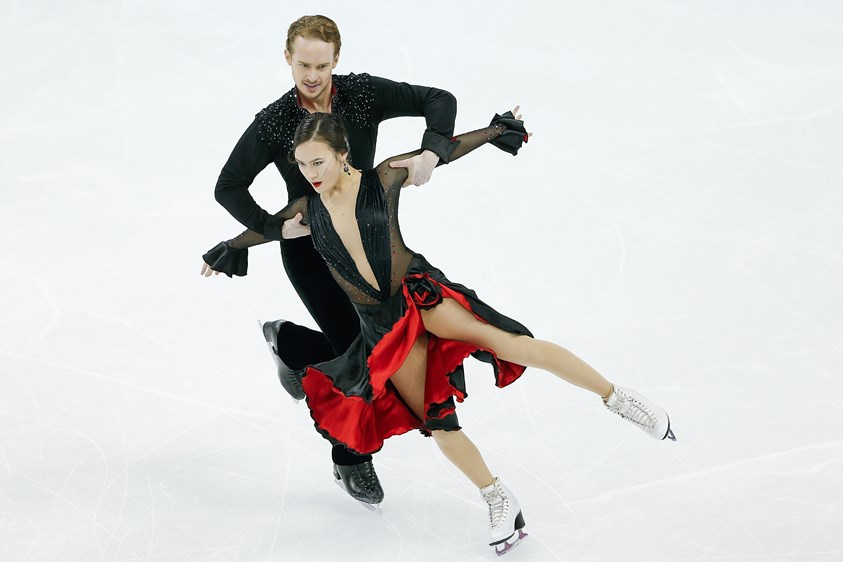
By Ananya Nrusimha
The 2015 World Figure Skating Championships were held in the Shanghai Oriental Sports Center on the last week of March. Skaters competed as solo entrants in either the men’s or women’s category, in pairs or in ice dancing. Pairs skating is a variant of single skating, and often requires more athletic jumps or spins. Ice dancing is more similar to ballroom dancing and involves more intricate footwork.
Every figure skating event has two components: a short program (referred to as a short dance in ice dancing) and a longer ‘free skate’ program (referred to as a free dance in ice dancing). Skaters must include certain technical elements within their programs, such as specific jumps for men’s, women’s, and pairs skating and specific dance steps for ice dancing.
Only Madison Chock and Evan Bates brought home medals for the United States; the pair won a silver medal for ice dancing, coming behind Gabriella Papadakis and Guillaume Cizeron of France by only three points. Both Gracie Gold and Jason Brown placed fourth in the men’s and women’s events, respectively. Alexa Scimeca and Chris Knierim finished 7th in pairs dancing.
Japan had a strong showing this year, with both Yuzuru Hanyu and Satoko Miyahara taking home silver medals in men’s and women’s figure skating, respectively. Canada also did well, with Kaitlyn Weaver and Andrew Poje winning a bronze medal in ice dancing and Meagan Duhamel and Eric Radford winning gold in pairs skating. Russia dominated women’s skating, with Elizaveta Tuktamysheva in first and Elena Radionova in third. Tuktamysheva made history by performing a triple axel jump during the competition; only a handful of female skaters in history have successfully completed the jump. Tuktamysheva also took home gold in the European Championships this year.

